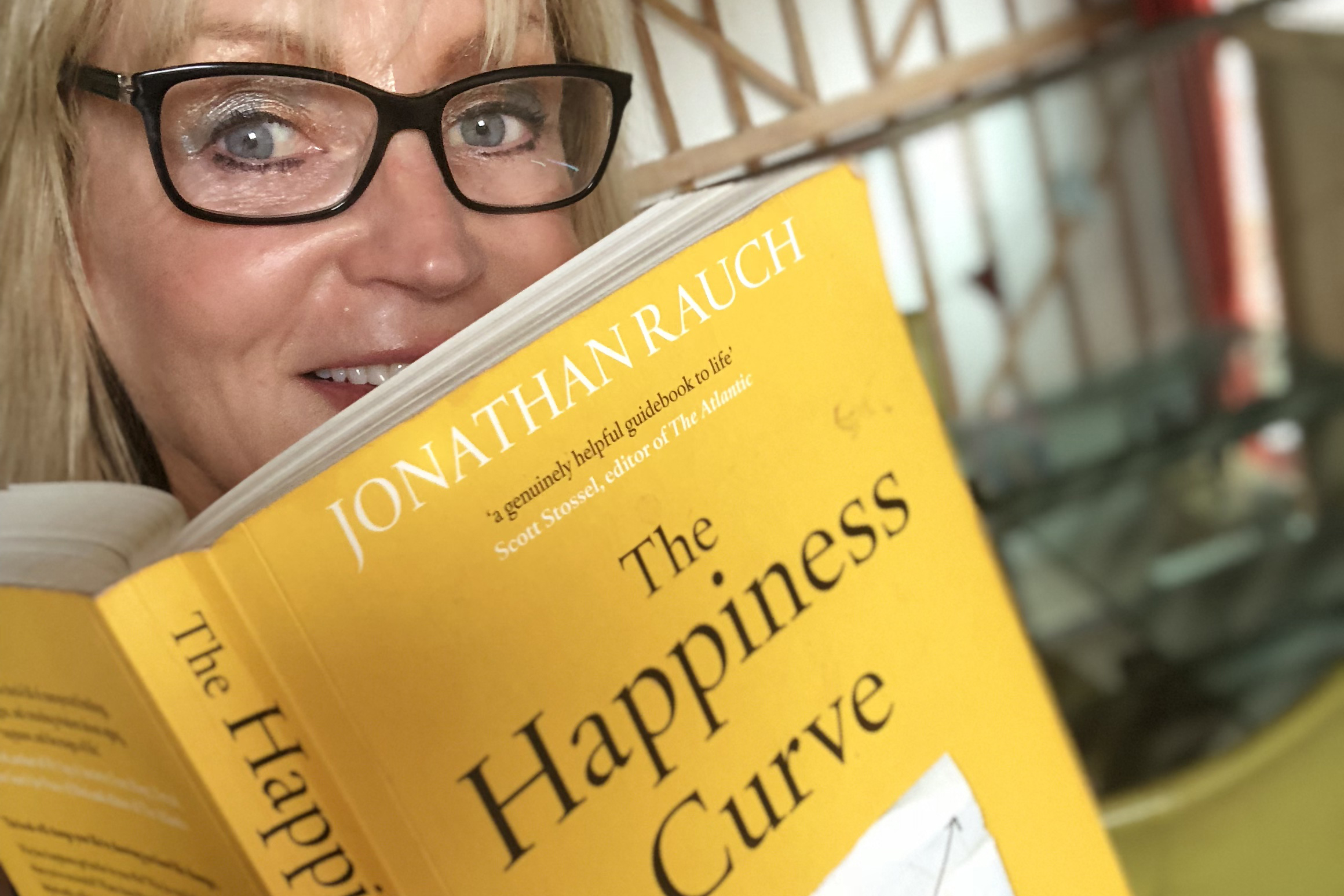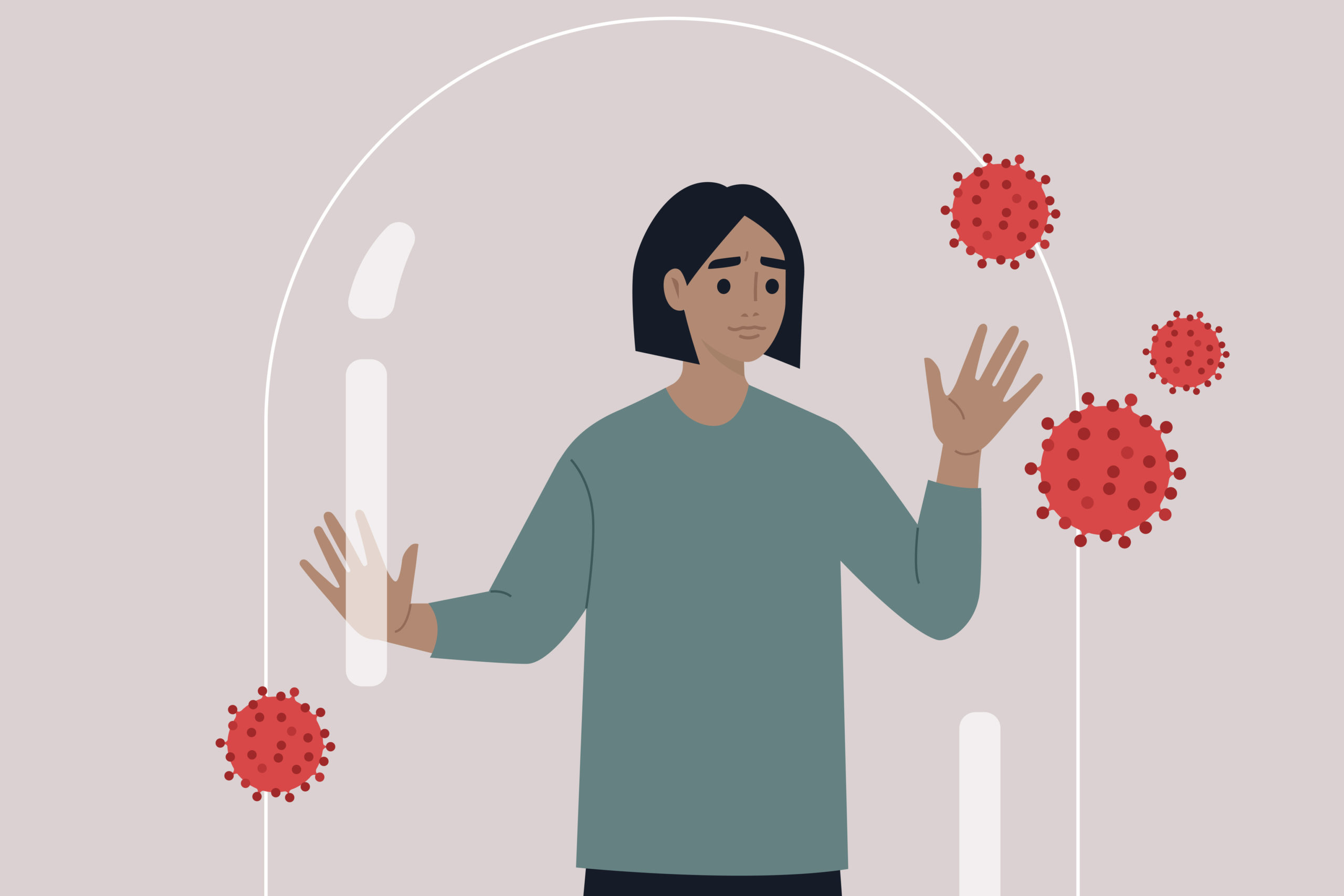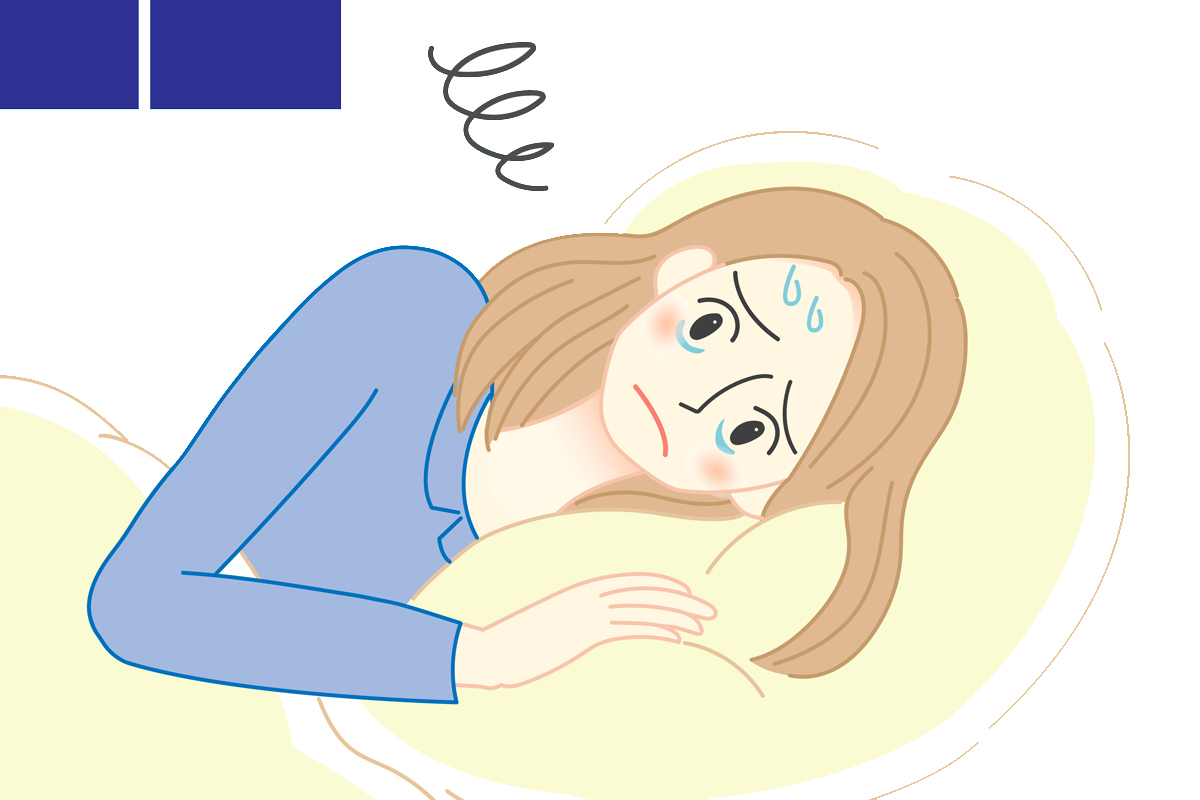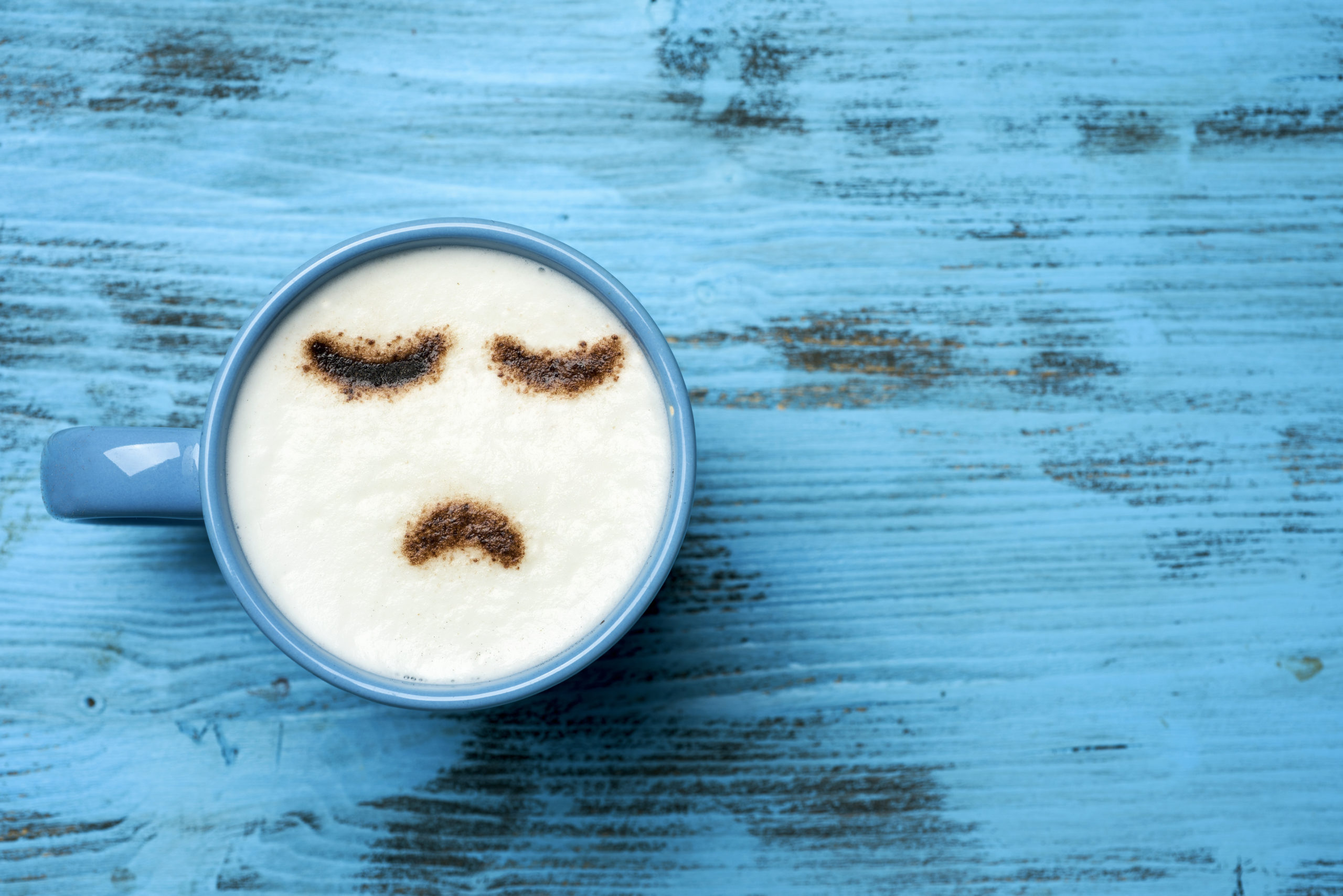Buying fast cars, dating younger partners, rash decisions, we all know the clichés of the midlife crisis. Although not all of us will go through the stereotypical ‘midlife crisis’, researchers have found that there is global evidence of men and women feeling low in midlife. However, it’s not a midlife crisis.
The Happiness Curve
We have been reading The Happiness Curve by Jonathan Ranch who wanted to find an explanation for the slump he started feeling in midlife. Academics have found that happiness in adult-hood is generally U shaped. Happiness and satisfaction with our lives falls in our 20’s and 30’s, dipping to its lowest points in the 40’s and then increasing again.
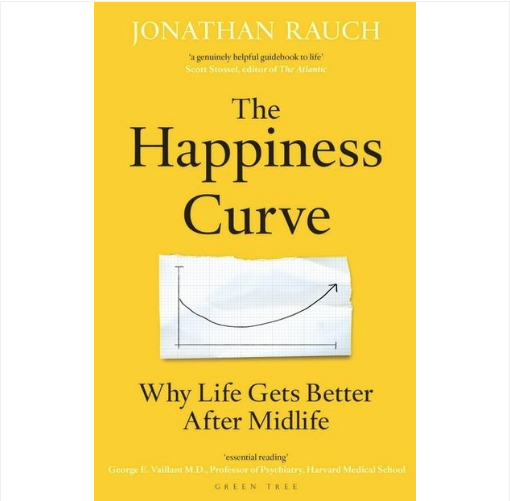
Of course, for some the 40’s and beyond can involve things like divorce, unemployment or illness which can affect a persons life satisfaction. Butwhat Ranch did find is that, more often than not, the midlife low was about nothing in particular. Instead, the evidence shows that it’s just a natural transition in everyone’s lives. Even when the different factors were taken out, the curve remained. So no matter what’s going on, your age has a clear relationship with how happy you are.
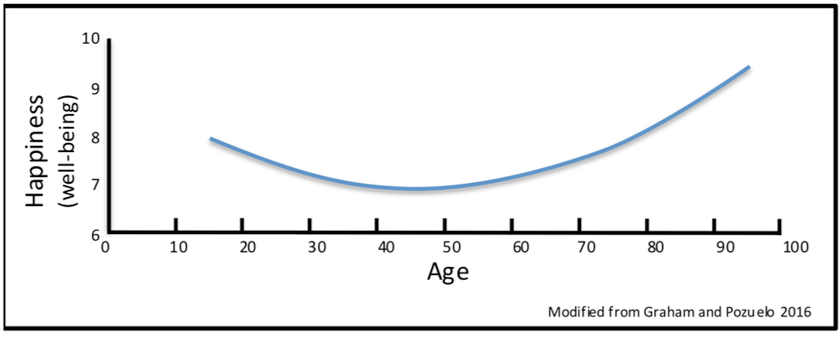
This curve can often be misinterpreted by people who are going through midlife and they may think there is a reason for it. If their life seems fine but they feel less happy, they may make rash decisions to try and change things.
It is perfectly possible to be satisfied with your life in middle age but it is harder. Going from age 22 to 45 decreases life satisfaction by a third as much as becoming unemployed (Blackflower and Oswald)
Why Life Gets Better After 50
So why does happiness and life satisfaction increase after the 40’s dip? There are many reasons why as we get older we feel happier including:
- Feeling less stress and regret
- Dwell less on negative information
- Better at regulating the emotions
- Less interest in ‘status’
- Not caring what other people think
Relieving the burden of these things can mean that people focus other things that have a more positive affect such as wellness, spending time with grandchildren and taking time out for you.
Dealing with the 40’s Dip
So there might be a natural dip in the 40’s and some of this may feel this more than others due to their mental health of personal circumstance. But if you are in the middle of the dip, there are many things you can do to help:
- Talking to Friends – understanding that its normal can relieve the pressure of the way you are feeling
- Looking after yourself – whether it’s counselling, time out to relax, or exercising, taking time to look after yourself during this time can be of utmost importance.
- Stop Comparing Yourself To Others – remember, we are all different and we can’t judge anyone’s life from the outside. Go easier on yourself.
If you are still struggling, its worth remembering to give it time. The research shows that life really does get better after 50, and it’s worth the wait!
Read Tracey’s article about the woman’s midlife crisis and ways to cope.
*Blackflower and Oswald, The Happiness Curve, Jonathan Ranch.
